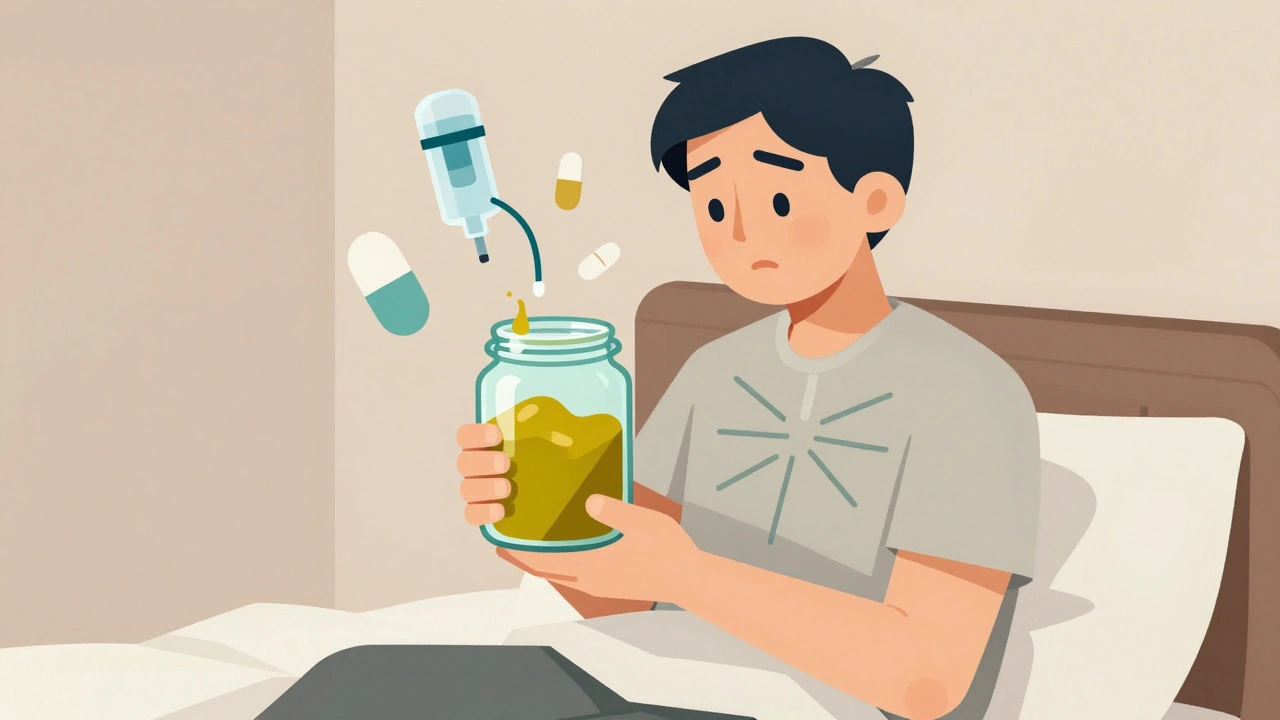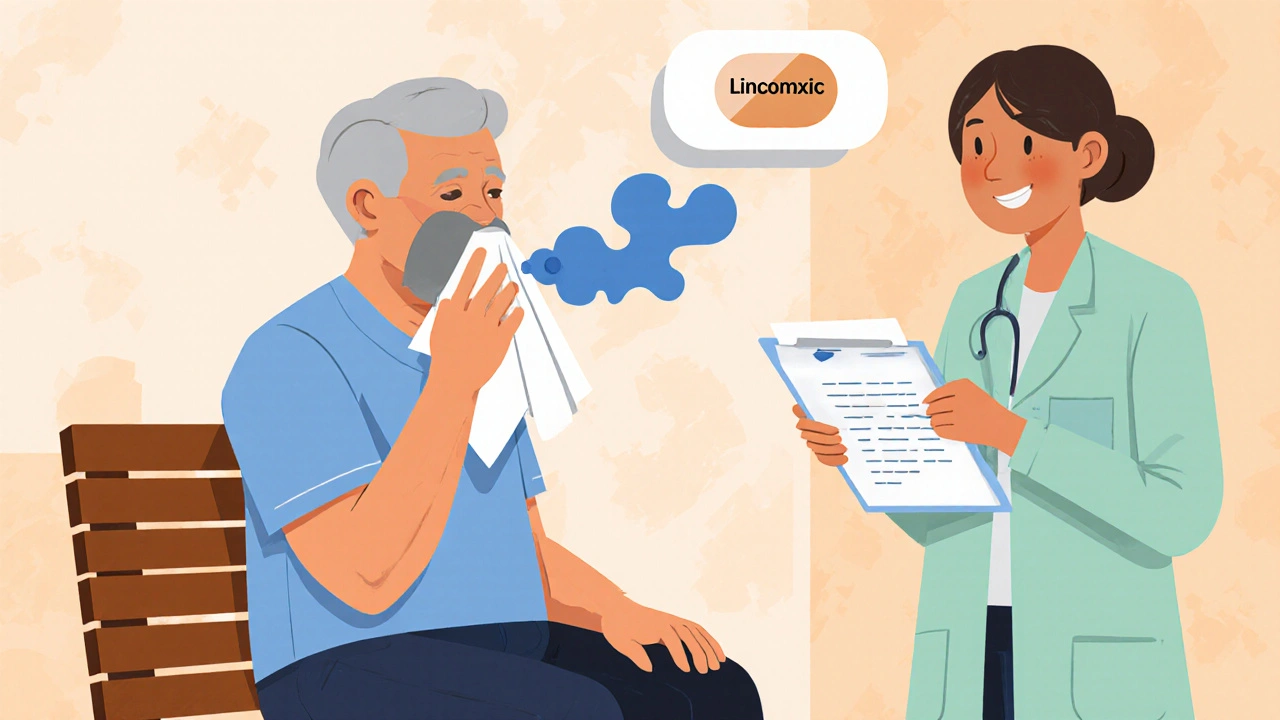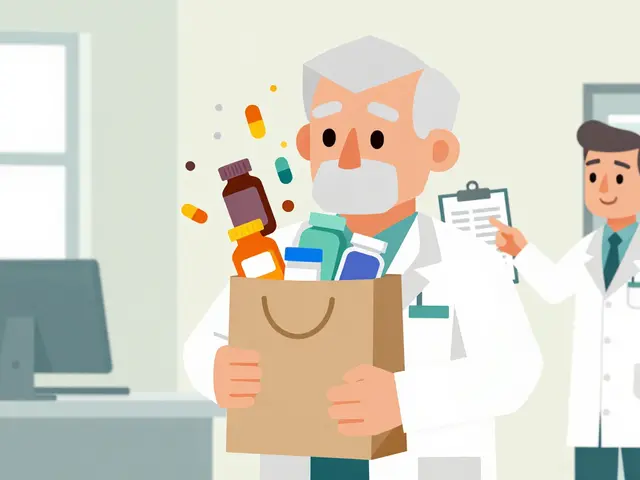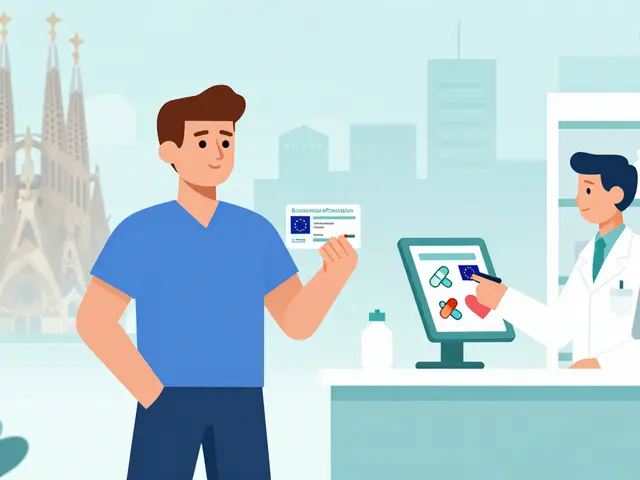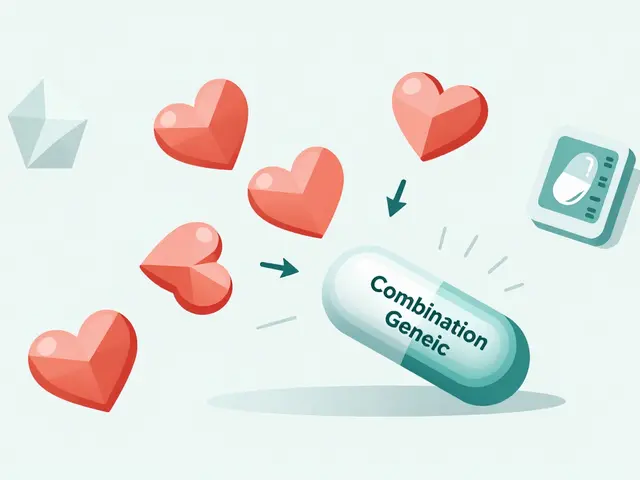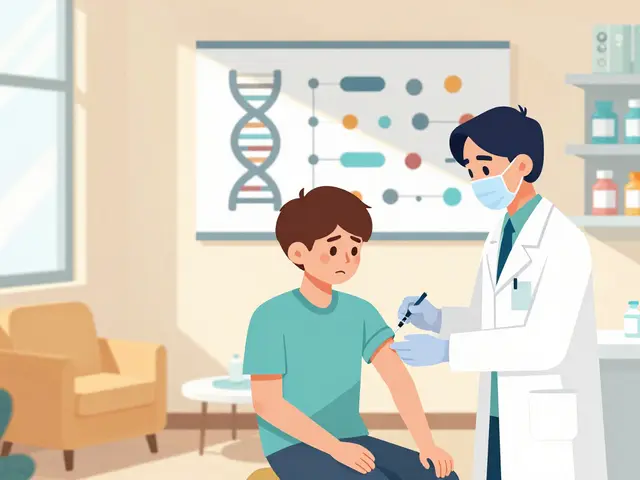Antibiotics: Safe Use, Resistance & Buying Online
Antibiotics save lives, but using them carelessly creates resistant bacteria that don’t respond to treatment. The World Health Organization lists antibiotic resistance among the top global health threats — which means it matters how you get and use these drugs.
Antibiotics kill or slow bacteria. Common groups you’ll hear about are penicillins (amoxicillin), cephalosporins, macrolides (azithromycin), fluoroquinolones, and sulfonamides (trimethoprim/sulfamethoxazole). Each group works differently and has different side effects and drug interactions, so treating the right bug with the right drug is key.
Use antibiotics the right way
Only take antibiotics when a doctor prescribes them for a confirmed or likely bacterial infection. Don’t ask for an antibiotic for a cold or most sore throats — those are usually viral. Take the exact dose at the right times and finish the full course unless your doctor tells you otherwise. Stopping early can leave stubborn bacteria behind and encourage resistance.
Don’t share leftovers or use someone else’s prescription. If you miss a dose, follow the instructions on the label or ask your pharmacist instead of doubling up. Tell your prescriber about allergies, pregnancy, breastfeeding, and other medicines you take — some antibiotics interact with blood thinners, birth control, or supplements.
Buying antibiotics online — smart safety tips
Buying medication online can be legit and convenient, but scams and unsafe products exist. Use only pharmacies that require a prescription, show clear contact details, and display a pharmacy license or verification. Look for third-party seals like verified pharmacy programs and read recent customer reviews. If a site sells powerful antibiotics without a prescription or offers suspiciously low prices, walk away.
Opt for pharmacies that provide detailed drug information, shipping policies, and responsive customer support. Keep records of what you ordered and check the packaging on arrival — correct labeling, batch numbers, and expiration dates matter. If you’re unsure about a drug you received, compare it with reliable sources or call your local pharmacist before taking it.
We publish step-by-step guides for some meds on this site, like how to safely buy trimethoprim/sulfamethoxazole online and tips for urinary pain relief products. Use those articles to learn what to check before ordering and how to avoid common pitfalls.
Watch for side effects: nausea, diarrhea, rashes, and in rare cases severe allergic reactions. If you develop high fever, bloody diarrhea, breathing trouble, or swelling, stop the drug and get urgent care. Also, if symptoms don’t improve in 48–72 hours after starting therapy, contact your doctor — you may need a different treatment.
If you want a quick checklist: confirm the prescription, verify the pharmacy, check packaging and expiry, follow dosing instructions, and report bad reactions. Curious about specific drugs or whether you really need an antibiotic? Read our related posts or talk to a clinician — getting it right keeps you healthy and helps protect everyone from resistant infections.
Bronchiectasis is a chronic lung condition causing daily cough and mucus buildup. Effective management requires daily airway clearance, targeted antibiotics, and hydration to break the cycle of infection and inflammation. While not curable, proper care dramatically improves quality of life.
Continue reading...
Explore lincomycin's role in treating chronic bronchitis, including benefits, dosage, safety, and how it compares to other antibiotics.
Continue reading...
Get the real story on Ilosone (erythromycin): what it is, how it works, side effects, when to use it, and what to watch for. Everything you need to know, explained simply.
Continue reading...

